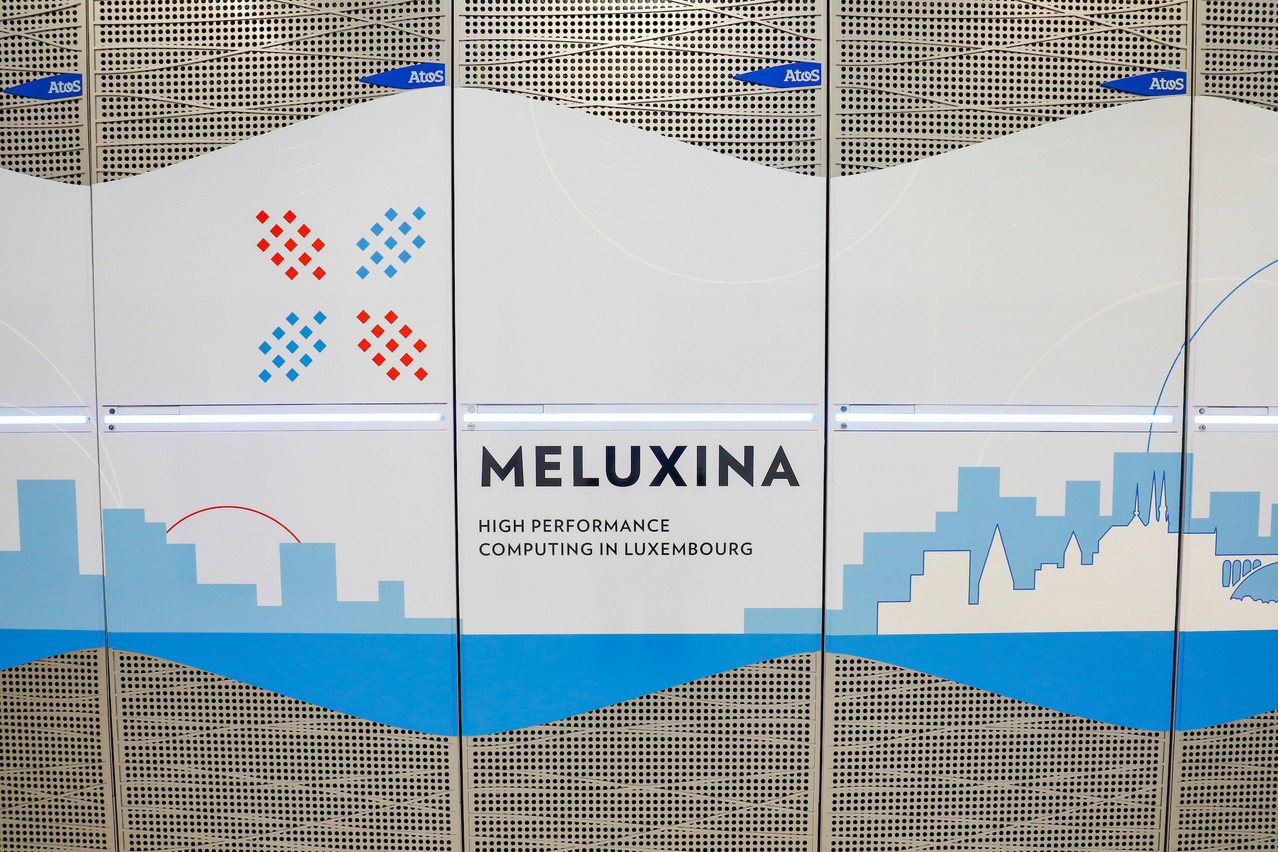“I’m not going to hide it from you: our mission is big. We want to be on a par with the United States and Japan.”
This comment is from Josephine Wood of the EuroHPC Joint Undertaking (JU), speaking at Supercomputing Day on 4 May 2023. She was talking about the EU’s ambition of becoming a world leader in supercomputing.
With a budget of €7bn (“an awful lot of money,” comments Wood), the EuroHPC JU’s mission is to develop Europe’s supercomputing capabilities and related data infrastructures. Despite being young--it was created in 2018, at which time no supercomputers existed in Europe at all, and has been autonomous only since 2020--the JU has posted some credible results: it has procured eight systems in the EU, two of which are ranked in the global top five supercomputers.
One of the supercomputers is of course Luxembourg’s Meluxina, housed in Bissen and hosted by LuxProvide. Meluxina is a petascale supercomputer, capable of 18 million billion calculations per second. (For comparison, the next-generation system is the exascale class, which can surpass one billion billion calculations per second. Europe’s first exascale system will be JUPITER, located in Germany and operational in 2025.)
Meluxina ranks 52nd in the global “Top500” list, but also holds the 22nd spot on the list of the greenest supercomputers. “That’s an area that we’re also looking into,” said Wood at the conference. “Can supercomputers go green? It’s a bit of a debate at the moment because, let’s face it, supercomputers aren’t necessarily green.”
“But if we can fund research and innovation into new technologies which will help future systems go greener,” she added, “then the future is bright.”
Plowing ahead
“We believe that in about 2032 you will have a supercomputer capable of the performance of the so-called transactional computing power of the human brain,” said George Gesek of QMware, a joint venture of several companies working in the supercomputing space.
Gesek drew parallels and contrasts between the two entities, such as the human brain’s 83bn neurons versus a supercomputer’s 80bn transistors; the brain’s 100 m/s nerve conduction velocity versus the machine’s 300,000,000 m/s electrical conduction velocity; and the brain’s 10,000 connections between neurons versus the machine’s 10 connections between transistors.
Most simple but most striking was perhaps his observation that the “next generation” brain is some one million years off, while in supercomputing we can expect it in about two years.
“That doesn't necessarily mean that we have to implement everything [that] humans are capable of in such a [supercomputing] system,” Gesek also pointed out. Still, his vision is of a workplace where humans interact with such systems “not as tools, as we do today, but as colleagues”.
Use cases
Speaking more practically, Gesek commented that quantum computing--a form of computing even faster than supercomputing--will be available for commercial use within about two years. Specifically, it will help with optimisations in aerospace, logistics, healthcare and other sectors.
“If you would like to optimise a very complex system, where you have invested millions or even billions--like [a satellite]--you [can] really have a huge effect with little margin,” said Gesek, discussing how a quantum computer can help determine how a satellite network takes photos of earth, where process models can have a decision-making complexity (he says) of up to 101,700--a number that the Russell Knightley Media online exponents calculator describes as “infinity”.
In the pharmaceutical industry, Gesek said, as another example, quantum computing could enable researchers to simulate chemical reactions.
Another relevant area, and one much talked about, is the modelling (and therefore predicting) of extreme weather events and climate change more broadly.
At Supercomputing Day, the mood was buoyant. It seems that we are on the edge of huge possibilities related to these technologies. Wood compared supercomputing to a teenager about to reach adulthood. “I think we’re coming of age. What I want to see, where we really need to start delivering, are the results.”
